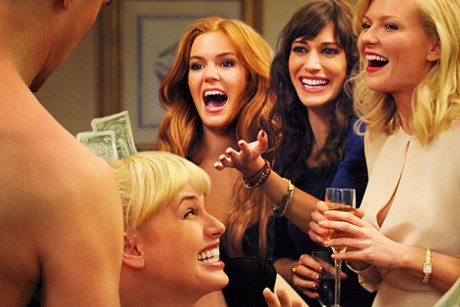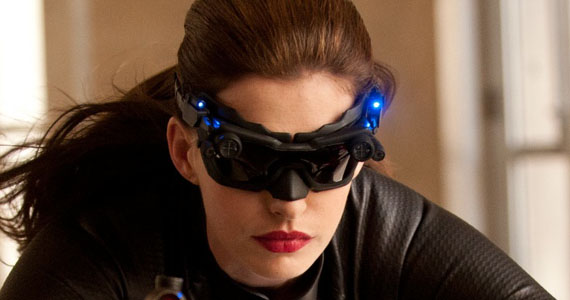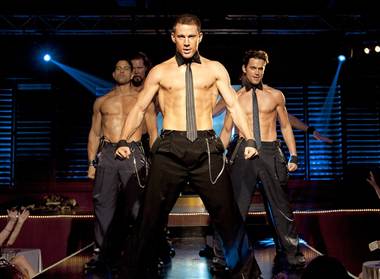
Perhaps 2012 was the year of the aging hero. I couldn’t help but be reminded of the The Dark Knight Rises’ limping Batman while watching James Bond repeatedly fail his physical tests in Sam Mendes’ Skyfall. Although the film was trumpeted as a feminist Bond, an intellectual Bond, an artful Bond, it is, more than anything, an elegiac Bond. During the first three-quarters of Skyfall, it appears as though we are witnessing not just the decline of Daniel Craig’s Bond but the decline of Bond himself—that eternally youthful masculine archetype who uses physical strength and gadgets to fuck and kill his way across the globe. But the film clings to this archetype, yearning for the past even as it looks warily to the future. Elegy and nostalgia have always been interrelated concepts: you can’t long for the past unless you are mourning its passing. It should then come as no surprise that a film questioning the need for Bond should so fetishize the totems of Bond. Watching Bond and M travel through London in an Aston Martin initially thrills the audience, but the viewer is also jarred by the sight of a powerful woman sitting in the passenger seat of this mid-century masculine toy. This relic has no place in the modern world. Mendes hints at this possibility—that the 21st century no longer needs Bond—but after stepping toward this precipice, he immediately stumbles back onto more comfortable ground. Continue reading “The End of Men”









